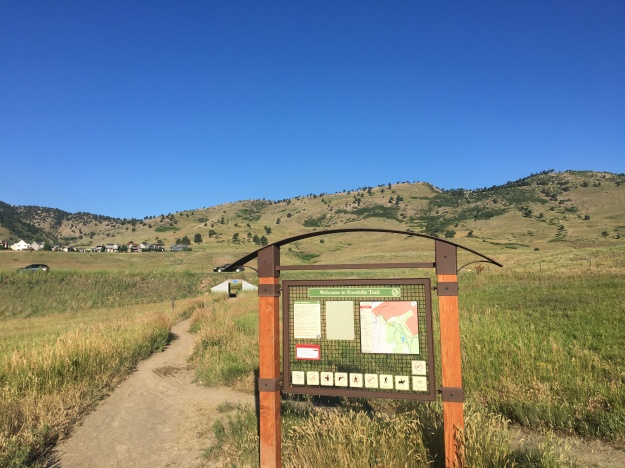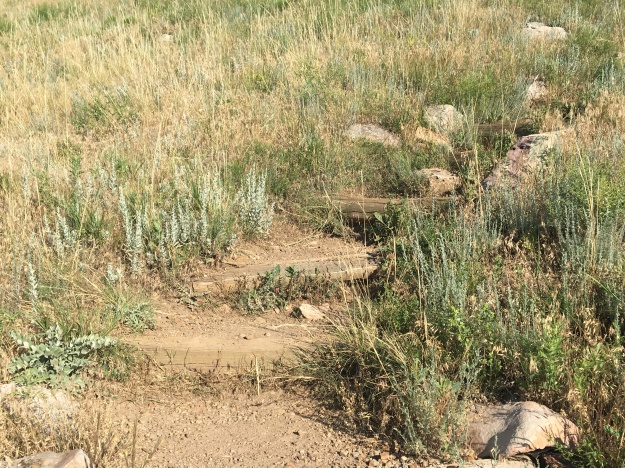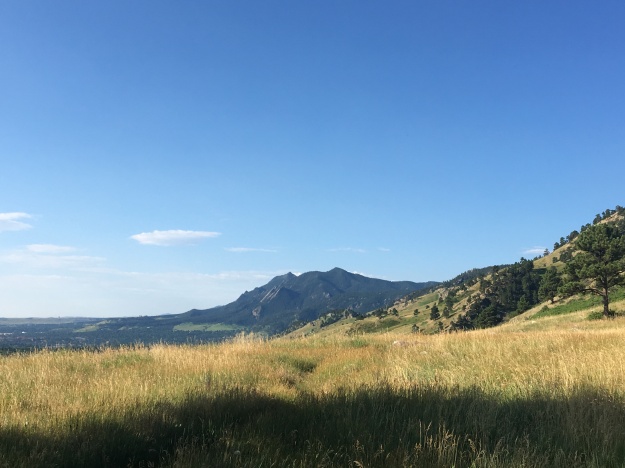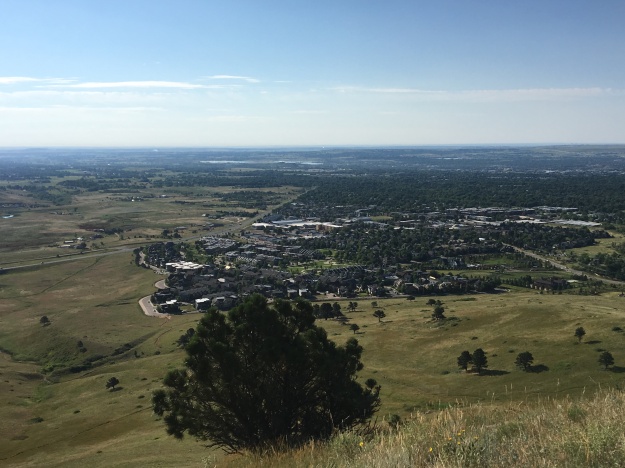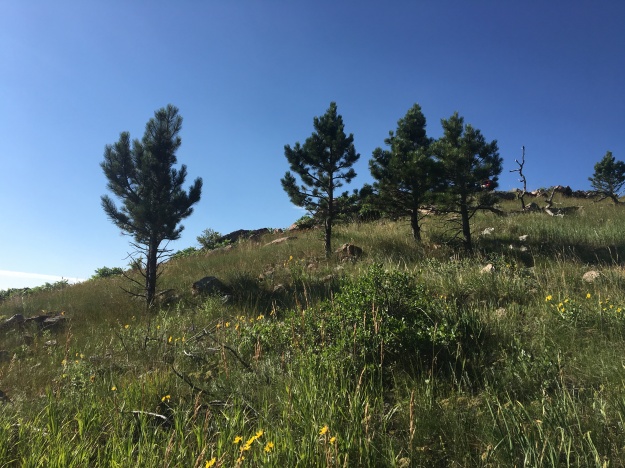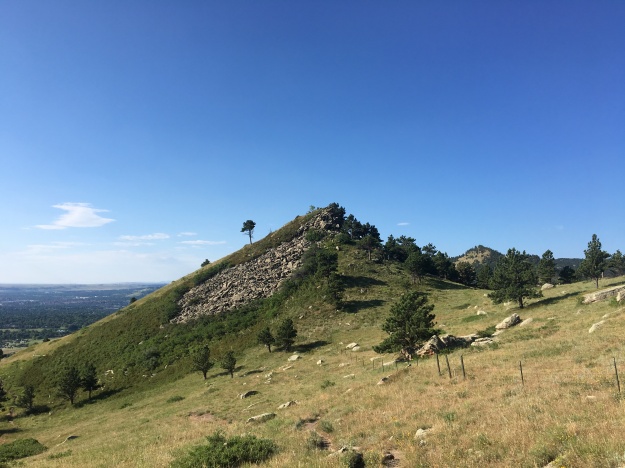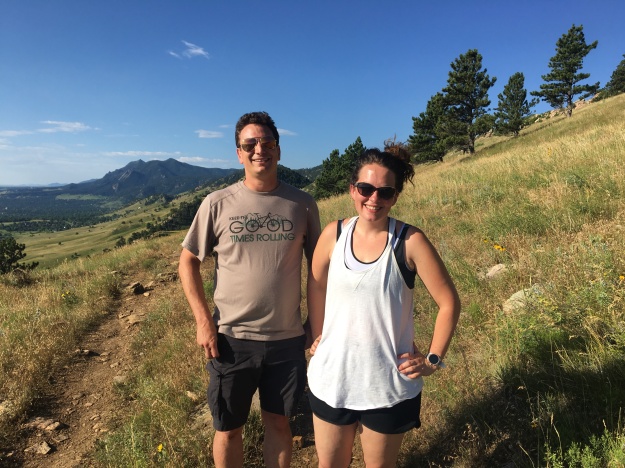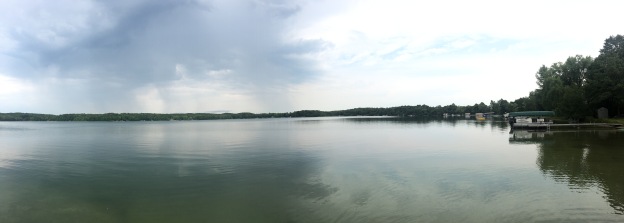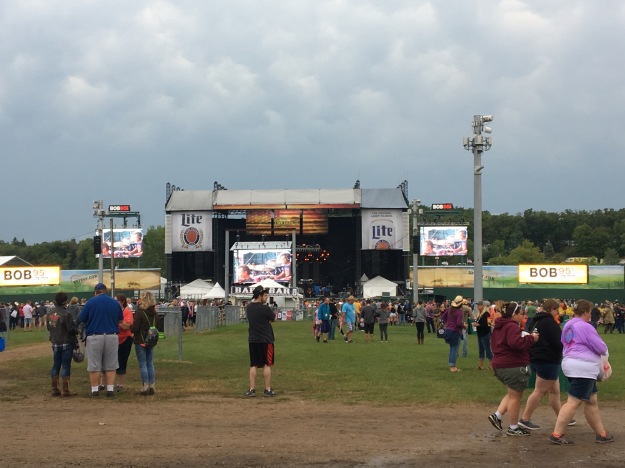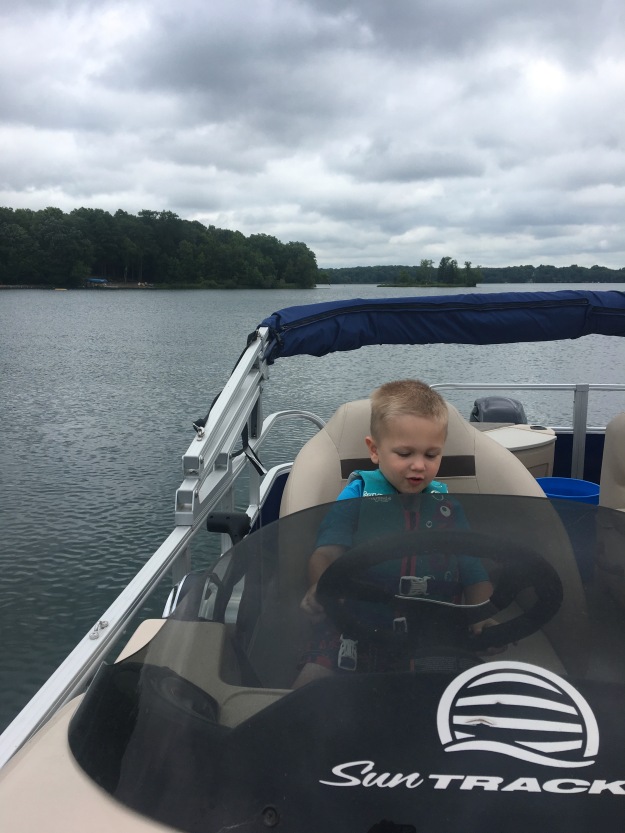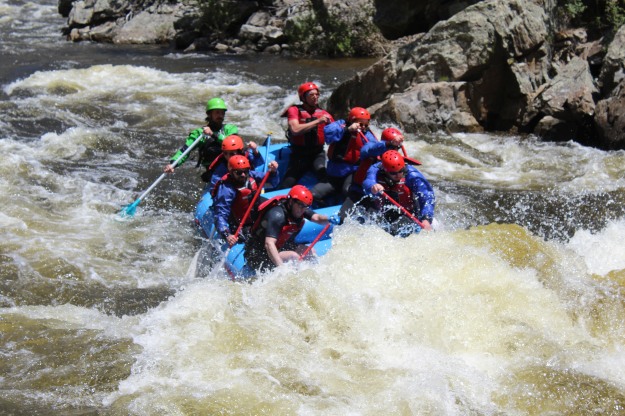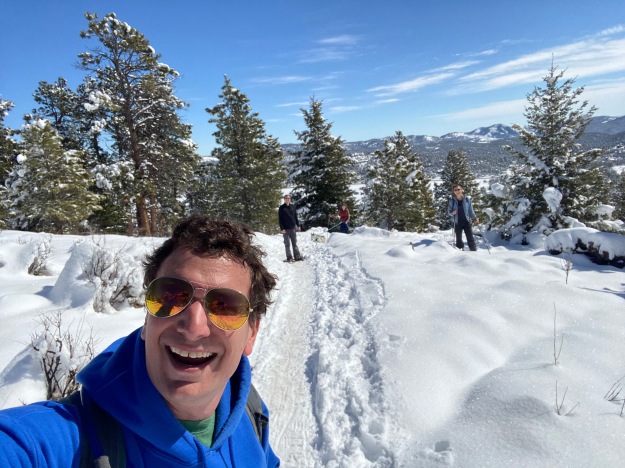
For about an hour I had totally forgotten the nightmare that is our current situation. I wasn’t thinking about all the lives at risk, everyone that is losing their jobs and livelihoods, the bars and restaurants all being closed, the businesses in jeopardy and the social isolation. It felt almost like a typical Saturday in the Colorado outdoors.
The trailhead parking lot was full and there were plenty of people sharing the snowshoeing experience.

It was one of our famed 300 days of sunshine a year, with the March sunshine illuminating a snowy meadow with the mountains in the background.
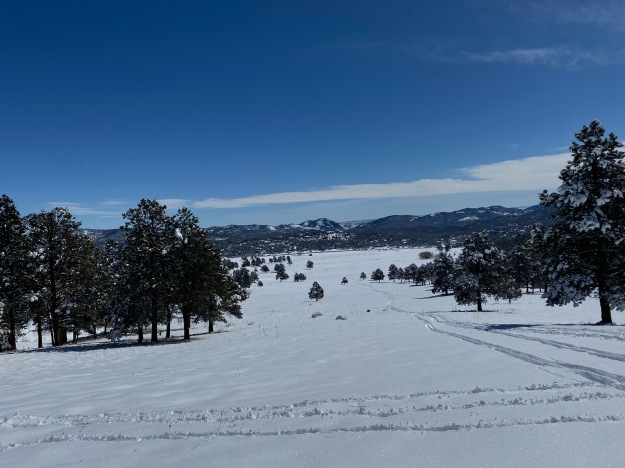
Snowshoeing got my heart rate up, and of course, the Huskies of the world were in their element!

Having company for the adventure made it seem like a standard social weekend activity. There was even a seasonal phenomenon to spark my curiosity about weather and nature.

It was the second day of Spring, and what we were witnessing was the origins of what some refer to as “mud season”. This term is used most in the mountains as well as in New England, in places where large snowpacks build up over the winter, and sometime between March and May, a prolonged awkward period of muddy melting occurs. It is awkward because it is ideal for neither wintertime activities nor standard hiking. On Saturday, we saw close to an even mix of people walking in snowshoes and people just wearing standard hiking boots. In snowshoes, we had to find a way around some of these areas near trees where muddy bare ground was beginning too appear.
Back in Denver, though, life is far from normal. Neighborhoods that are typically quite active are quiet. The roads are empty in a manner I had previously only seen in disaster films.
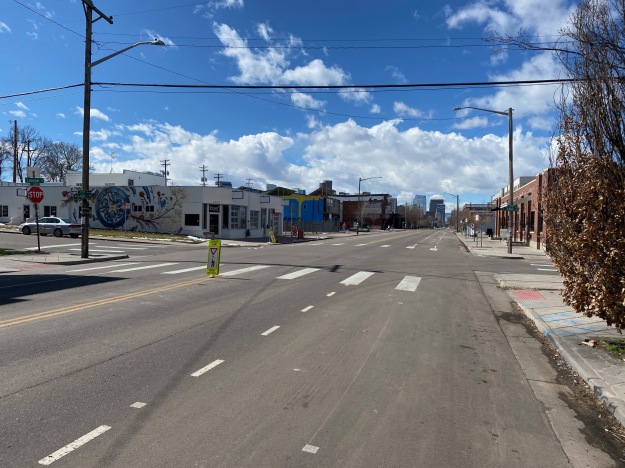
It is hard not to feel guilty at this point in time: almost as if I had been asking for this. For years I had be saying that we need some sort of disruption to remove the aspects of our culture that have caused recent upticks in loneliness, drug abuse, poor health, violence and disengagement. Now we have a disruption that promises to make us all feel even more lonely. Our social lives are now even more dependent on social media, video conferencing and other forms of technology; the very technology that I had previously speculated had worsened the problems of the 2010s.
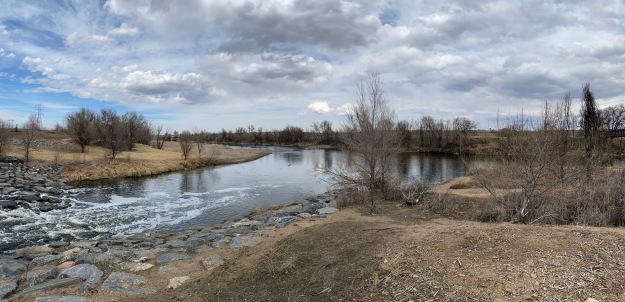
Right now many of us are searching for meaning. What was humanity meant to learn from this? Many of my extroverted friends tell me that being forced to stay home gave them a greater appreciation for simple social interactions such as just having a drink with a friend or having people over for dinner. Some of my more introverted friends are indicating that we are being told we need to slow down a bit. I hear from a lot of sources the idea that we are “out of balance”, with respect to lifestyles and nature.
Some responses are definitely people confirming their previously held beliefs and biases. The spread of the virus is evidence that most problems transcend our national borders, making them useless. Yet, it also demonstrates the need for stronger borders and tighter immigration controls. It’s gonna make us both rediscover our appreciation for face-to-face interaction while also making us question whether we need to meet in person for half the stuff we do. It’s telling us to get out in nature more but also making us use technology more.
I am guilty of this as well. After going on two mid-afternoon bike rides last week, I told people that the lesson from this work from home period is that we need to remove the assumption that people need to be available and at their desks for 40-50 daylight hours per week. This is a belief I have held for seven years now. I’d even be willing to trade three months of being stuck inside for the removal of this assumption from our work lives going forward. Now is the time, however, to observe things with an open mind, and develop new insights.
Speculating that there could be some good that comes of all this is an understandable manner in which many are coping with this horrible turn of events. After all, many accept that the “Black Plague” made the Renaissance possible. As we all sequester ourselves, brace for the worst and have our lives severely disrupted, we should also take back some power over our lives and prepare to build a better future. For me, it will be a waste if the only lesson I get from this is another confirmation of something I realized nearly a decade ago.


